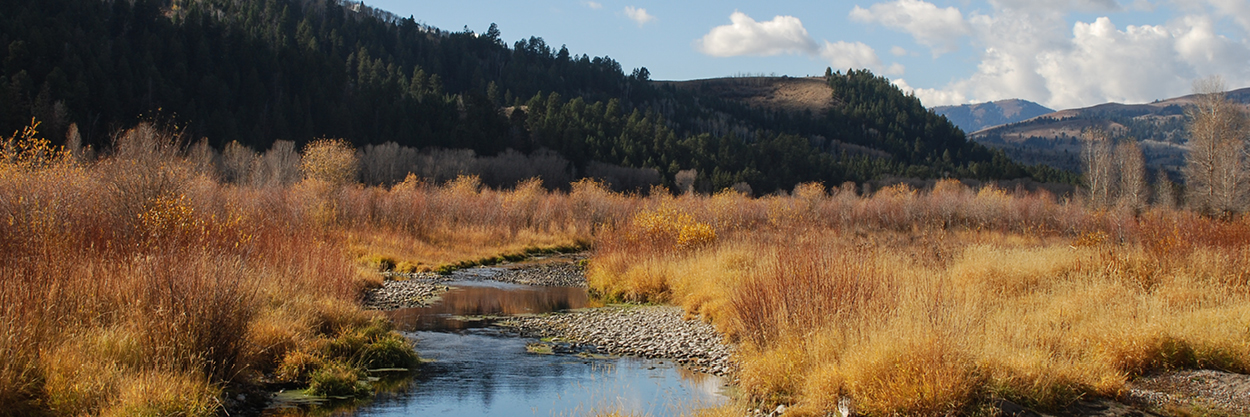TETON COUNTY COMPREHENSIVE PLAN UPDATES
The Teton County Board of Commissioners and Jackson Town Council voted to approve a number of updates to the county’s comprehensive land use plan. This document, which will guide development over the coming years, was revised to include important water quality protections proposed by the Wyoming Outdoor Council and Protect Our Water Jackson Hole. Chief among them is a directive for the county to develop a wastewater management plan that will address rising levels of nitrates in the Snake River Aquifer, which serves as the county’s only source of drinking water.
A patchwork of small wastewater plants, independent sewer districts, and private septic systems are serving Jackson Hole’s growing population, and some of these systems are unable to keep up with the demand or otherwise not functioning as intended. The wastewater management plan is expected to lead to improved regulation of treatment facilities and septic systems.
In the comprehensive plan, the county recognizes the public’s right to clean, affordable drinking water and the importance of the Snake River Aquifer. The plan also commits the county to:
- Gather baseline data and coordinate with other agencies to monitor water quality.
- Investigate regulations and ordinances to protect public water systems.
- Examine new tools to protect water quality, such as an aquifer protection overlay.
- Encourage public water suppliers to establish or update source water assessments and protection plans.
AETHON INJECTION REQUEST
The Wyoming Oil and Gas Commission voted to allow a company to inject oil and gas wastewater from the Moneta Divide field into the Madison formation, an aquifer protected under the Safe Drinking Water Act. This is unfortunate: More than 100 written comments, as well as public testimony before the commission, were unanimously opposed to this decision.
The company argued the depth of the aquifer at the well site, and levels of benzene in groundwater samples taken from the well, make it an impractical fresh water source. But the benzene may in fact be contamination from drilling mud used to bore the well and the state Department of Environmental Quality previously determined the aquifer was a viable source of drinking water. There’s also evidence that wastewater injected at the site will eventually spread.
In the arid West, faced with the uncertainty of a changing climate, we aren’t willing to sacrifice a source of fresh water that may prove invaluable to future generations. The EPA has final say on whether to approve the Oil and Gas Commission’s action and we’ll continue to defend potential drinking water sources.
[/et_pb_text][/et_pb_column][/et_pb_row][/et_pb_section]

